What’s become of Otl Aicher’s former abode? A visit to the Allgäu.


What’s become of Otl Aicher’s former abode? A visit to the Allgäu.
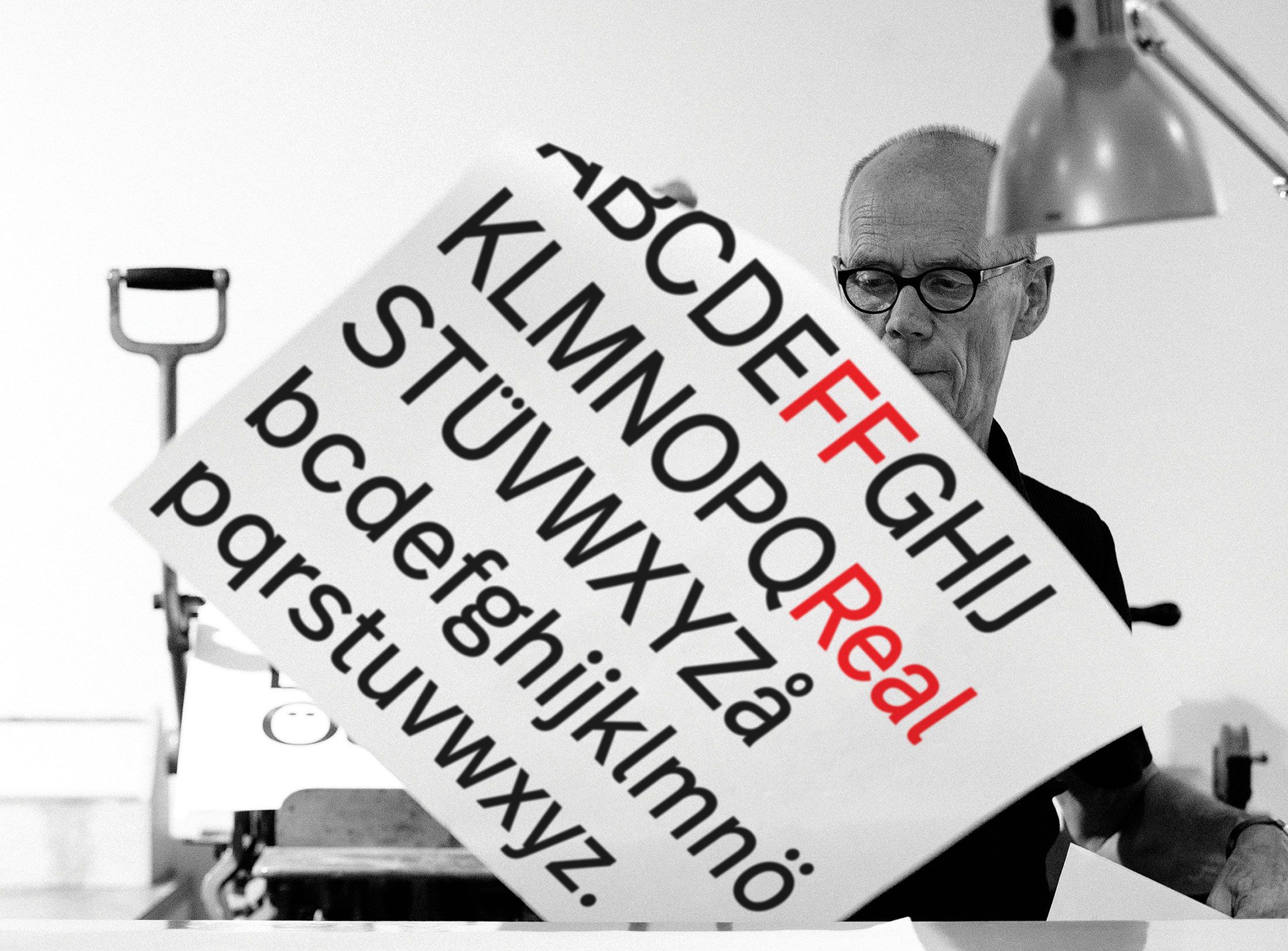
Interviewed: Erik Spiekermann, type designer, author and Aicher critic.

Technology: a central notion and fixed point of perspective in the work of Otl Aicher.
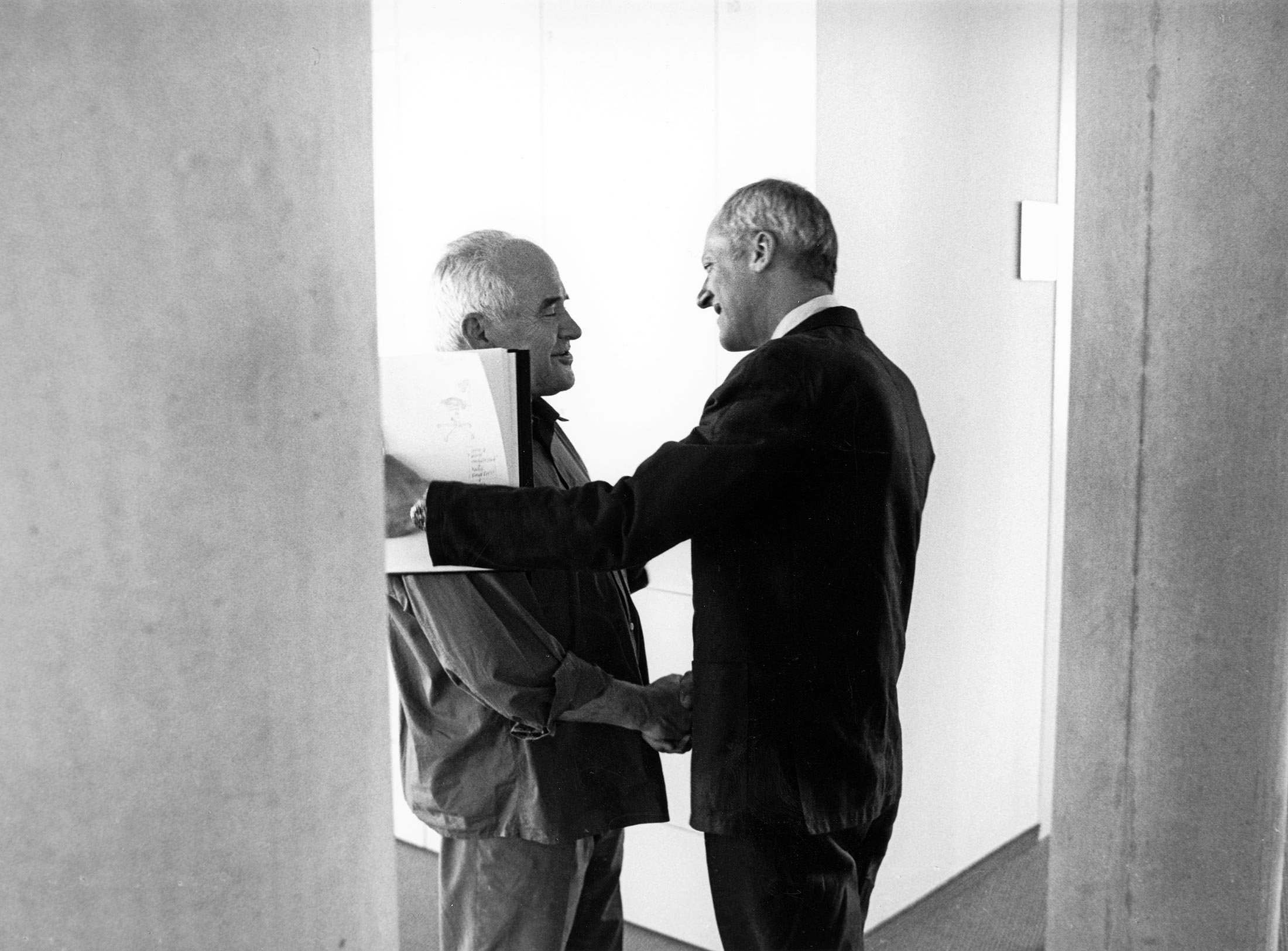
The British architect Norman Foster on his friendship with Otl Aicher: He had absolute integrity.
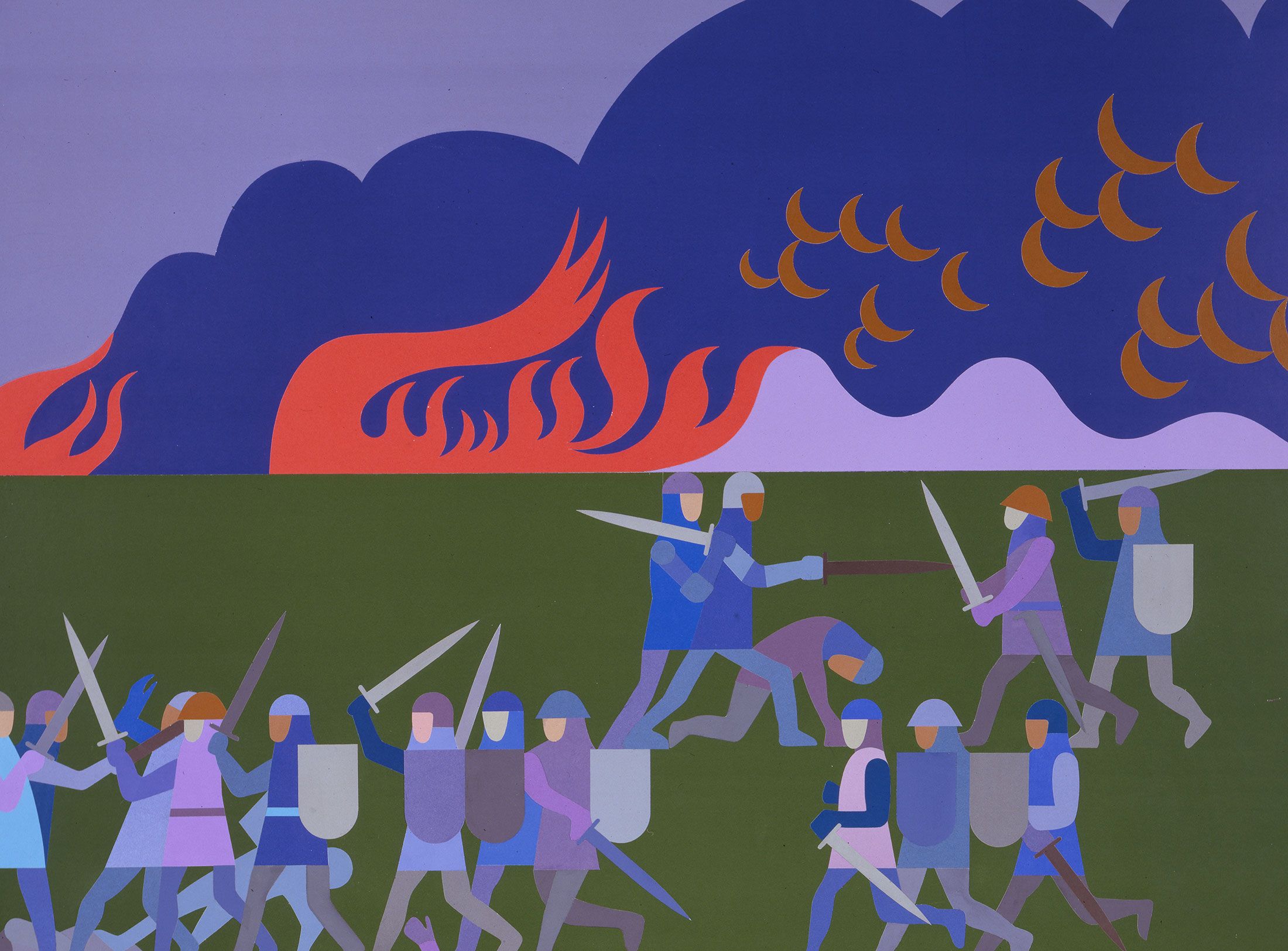
Thoughts on the colour palettes of Otl Aicher.
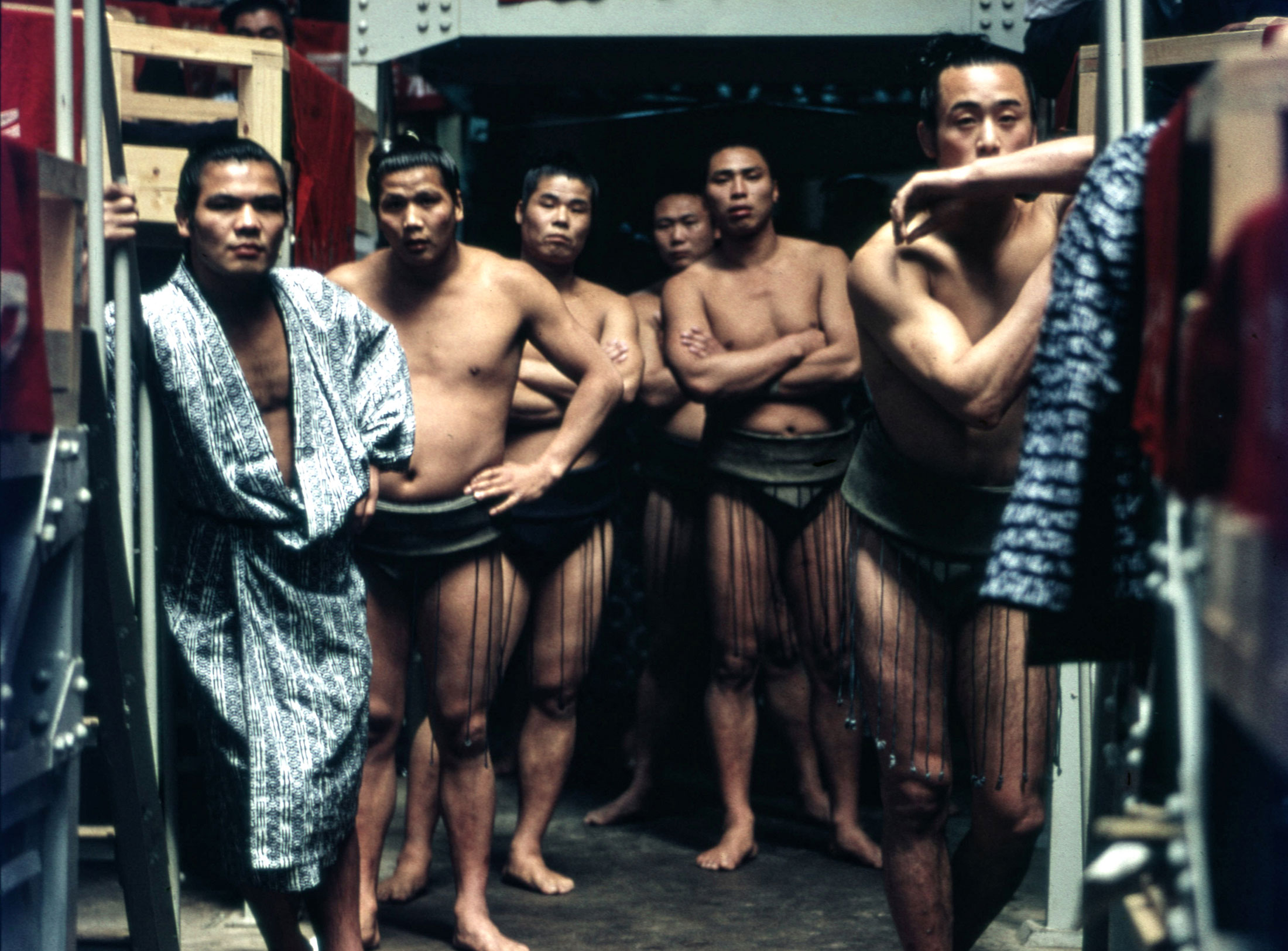
Absolute sharpness, reduction and strict rules determine the character of his pictures: Otl Aicher as photographer.

Under Otl Aicher’s direction, designers, architects and landscape planners shaped the face of the Olympic Games 1972.

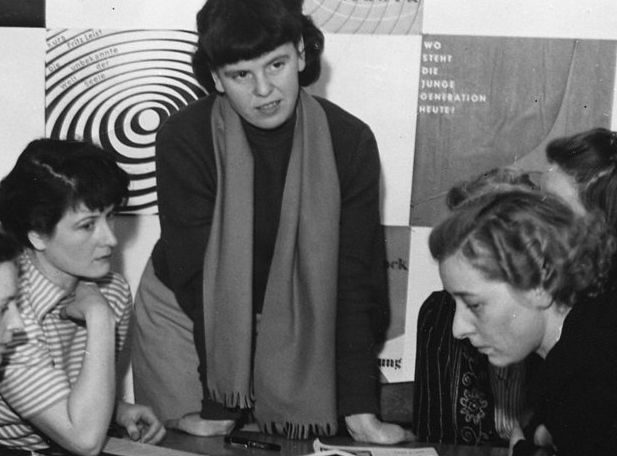
Inge Aicher-Scholl preserved the legacy of the White Rose.
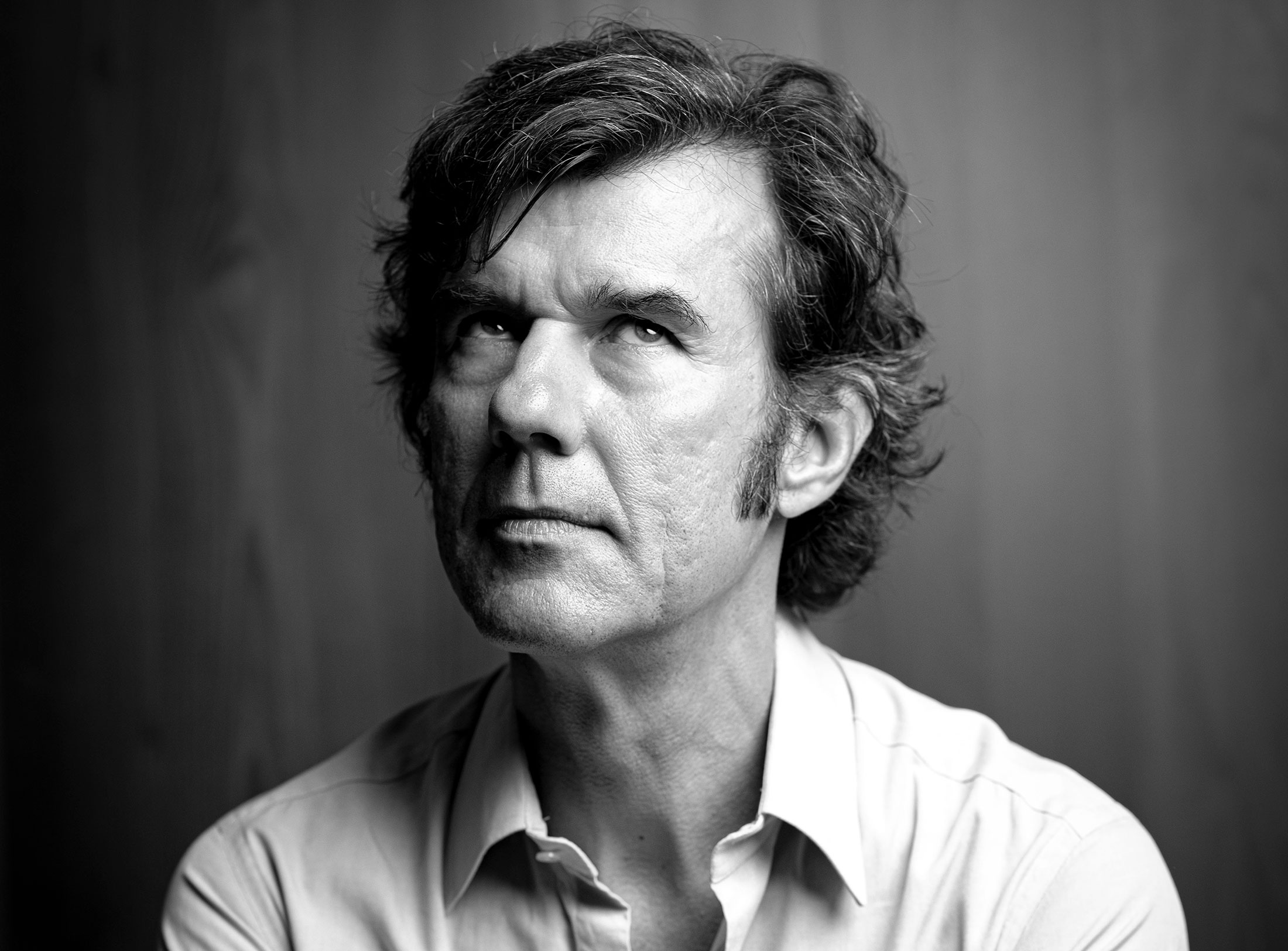
An interview with design icon Stefan Sagmeister about typefaces, beauty and the legacy of Otl Aicher.
The International Design Center Berlin (IDZ) invites you to a slide show and panel talk at Architektur Galerie Berlin on 20 October. Karsten de Riese and Prof. Michael Klar will report on a photo reportage commissioned by BMW that took them to Tunisia in 1975 together...
On the occasion of the 50th anniversary of the 1972 Olympic Games, the IDZ invites you to a discussion on the vision of the Munich Games and the status quo as well as the future of the Olympic movement on 26 August. The event at Berlin’s Akademie der Künste on Pariser...
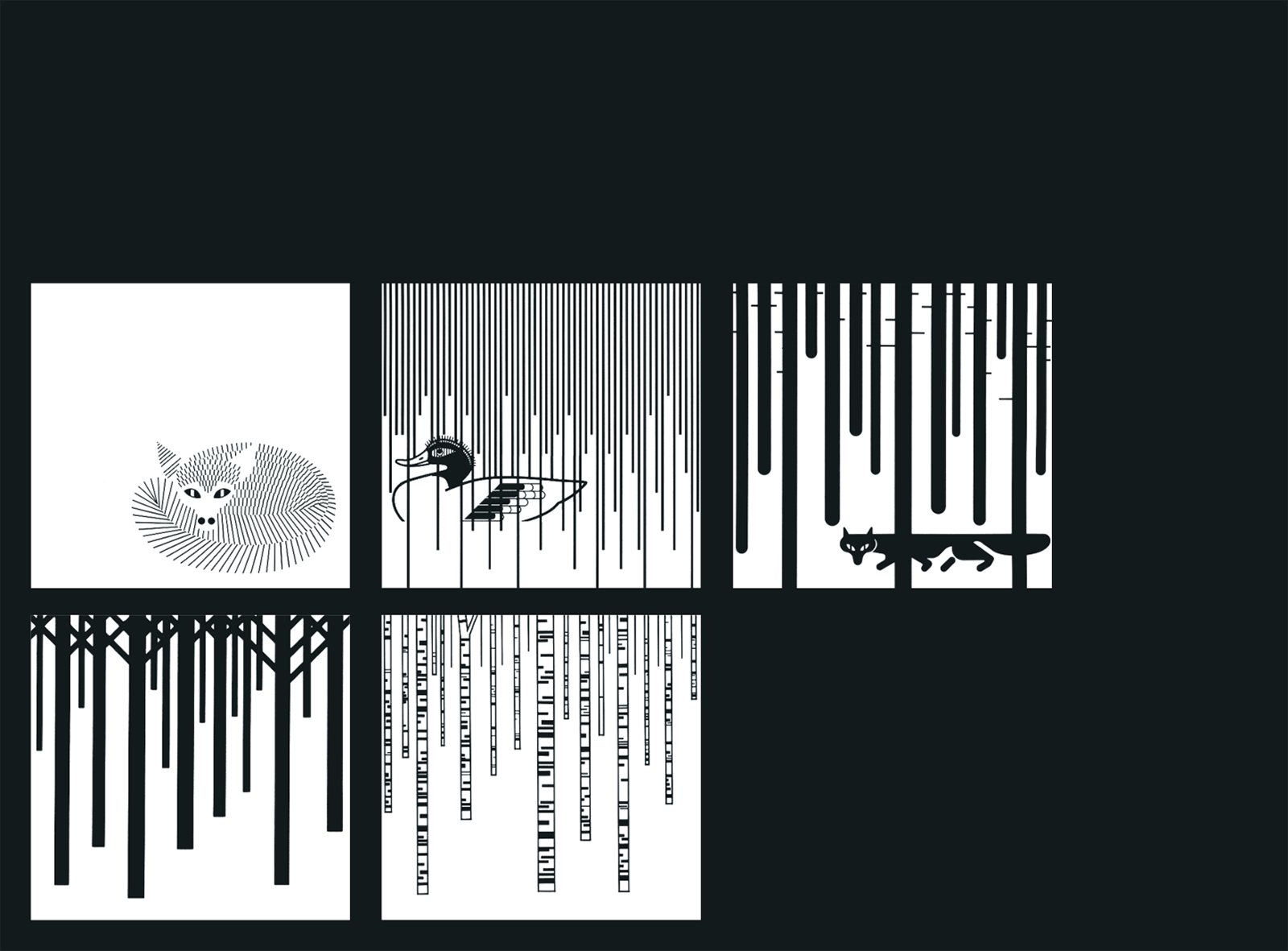
Isny im Allgäu owes Otl Aicher a corporate design that is concise, bold and singular.
With a retrospective of Otl Aicher’s book “kritik am auto – schwierige verteidigung des autos gegen seine anbeter” (Criticism of the Car – Difficult Defence of the Car against its Worshippers) published in 1984, the IDZ continues its series of events on the “otl...
Today marks the centenary of Otl Aicher’s birth. The International Design Center Berlin (IDZ) is taking this date as an opportunity to pay tribute to this great designer. With otlaicher100.de, a new online platform is being launched – a curated space that provides...
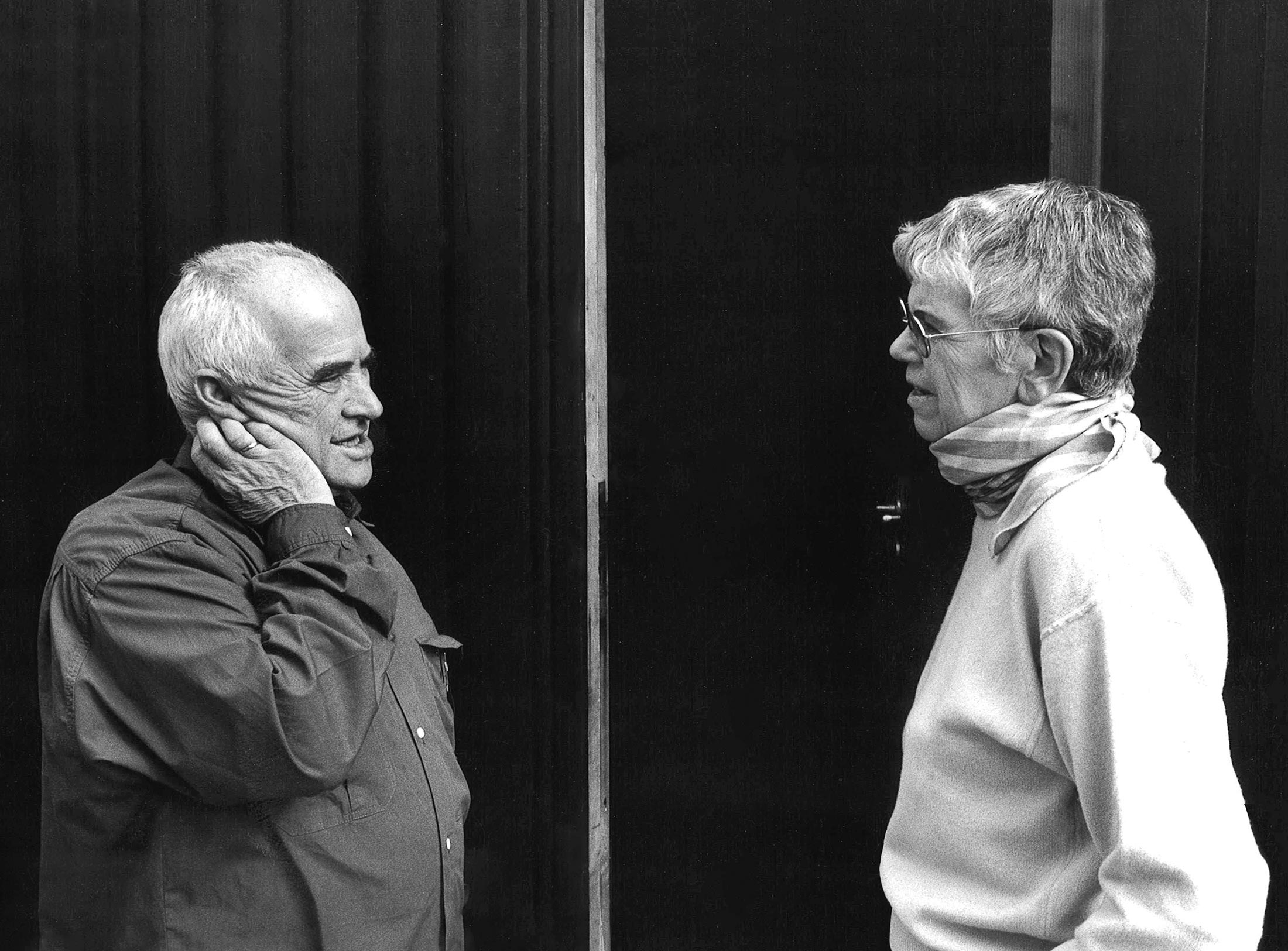
Reflections on Inge Aicher-Scholl and Otl Aicher.
The International Design Center Berlin (IDZ) is taking Otl Aicher’s centenary as an opportunity to pay tribute to this great designer and to make his work visible. An online platform and a series of events will address Otl Aicher’s multifaceted cosmos of topics and...

Eine Stadt leuchtet: Mit seinem farbenfrohen Erscheinungsbild der XX. Olympischen Sommerspiele 1972 setzte Otl Aicher ein Signal. Die junge Bundesrepublik war in der Moderne angekommen.

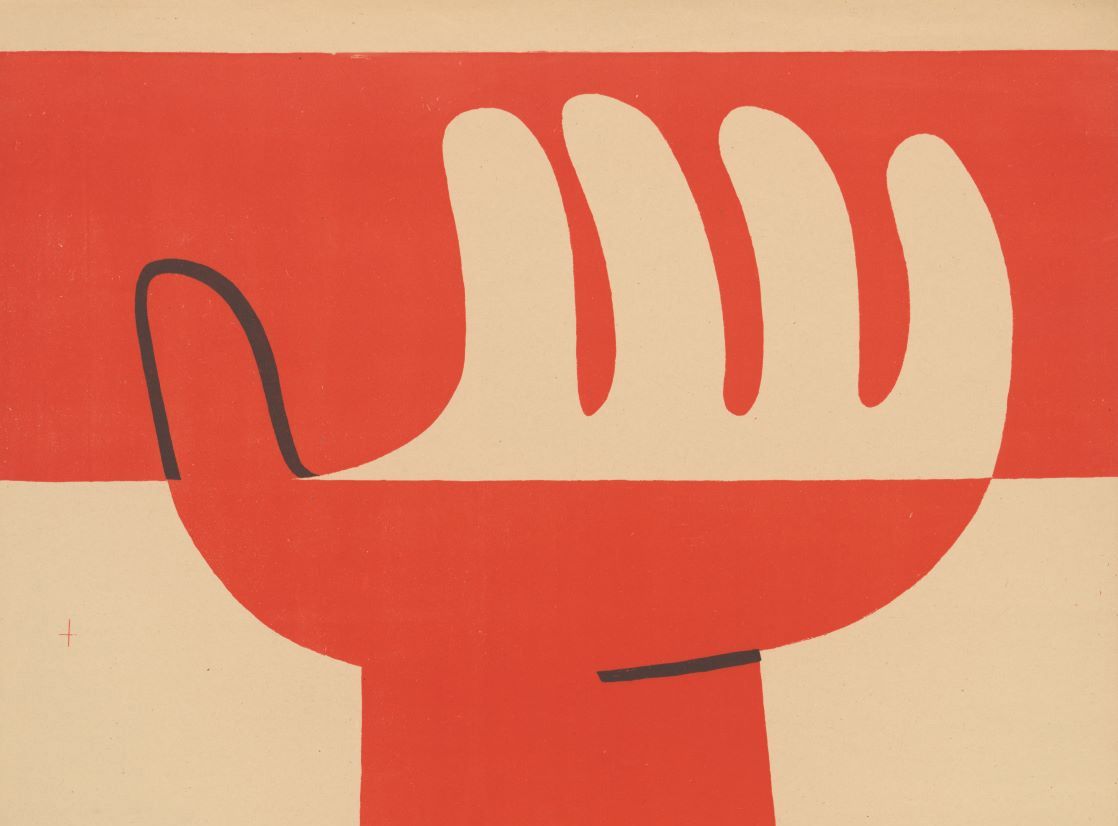
Otl Aicher’s Poster displays for the Ulmer Volkshochschule (Ulm Adult Education Centre).

From O to R: Let’s talk about a hedgehog, standardisation and neurotis for a change (please click on the letters).
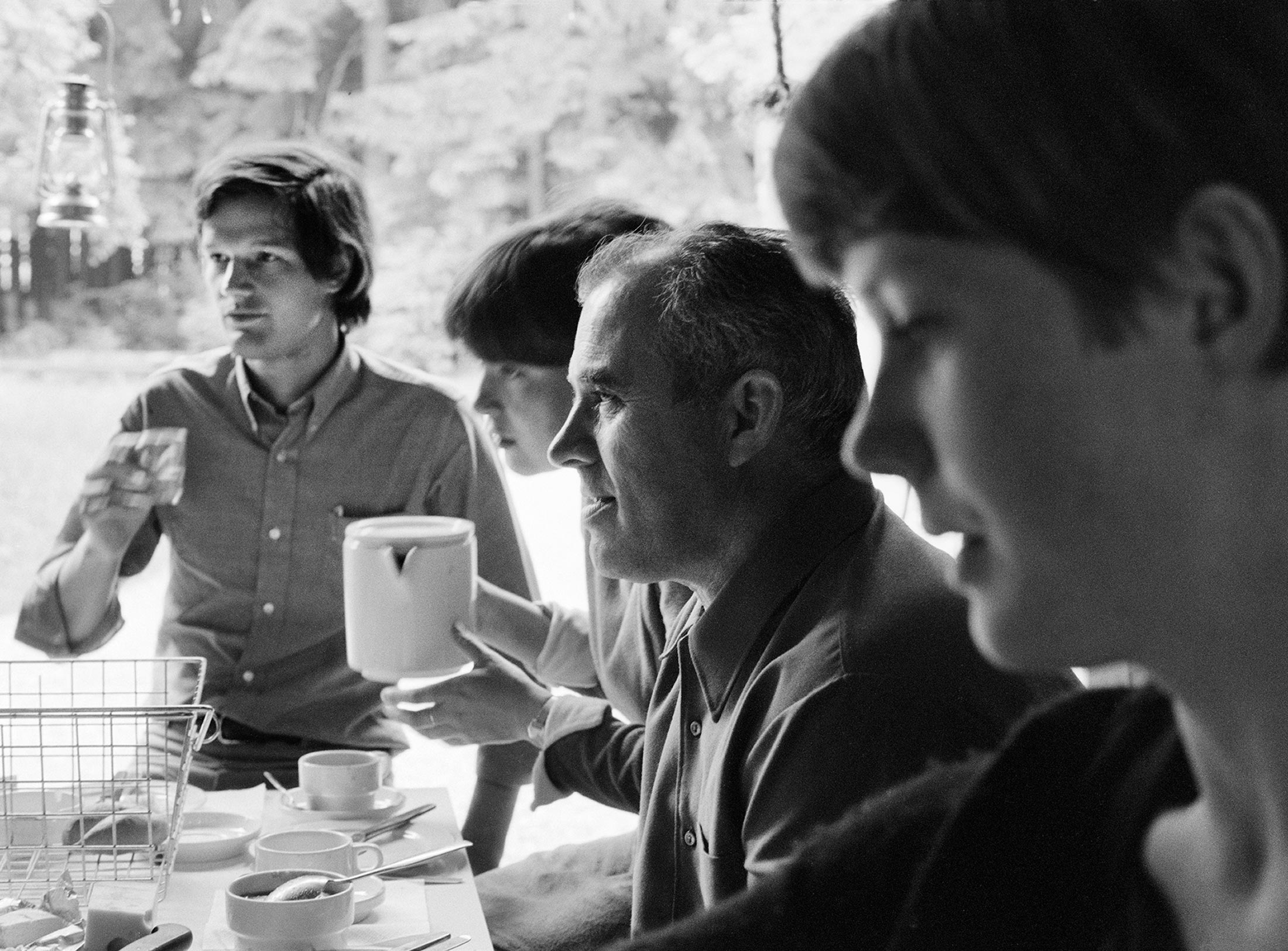
Otl Aicher’s Dept. XI team: the visual identity of the Munich ’72 Olympics was the work of graphic designers, illustrators and technical staff from all over the world.

Aicher’s childhood and youth: the years 1922 to 1945.

Otl Aicher’s signage systems for airports, metro stations and hospitals are considered exemplary to this day.
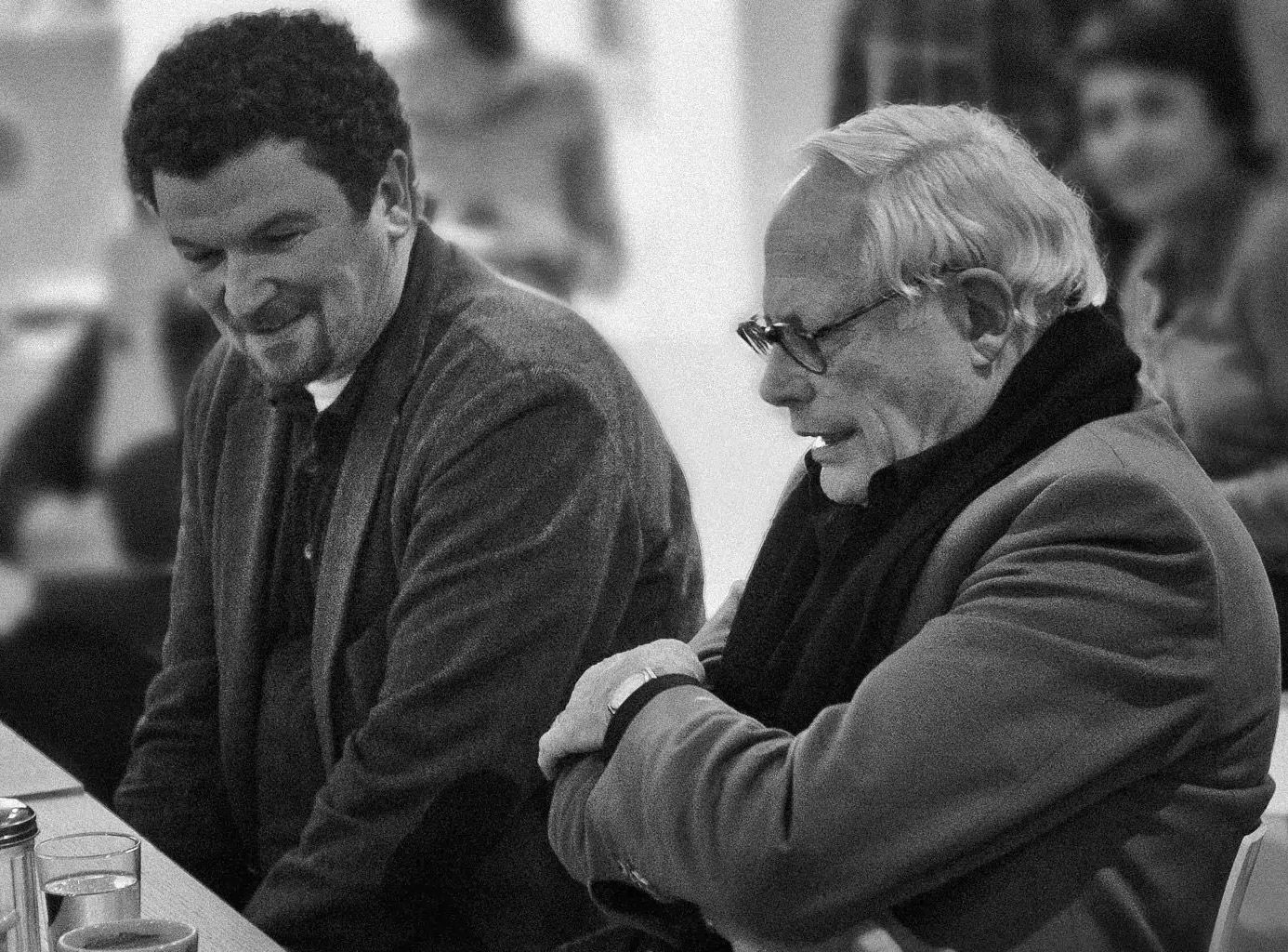
Der einstige Braun-Chef-Designer im Gespräch über den Co-Gründer der HfG.
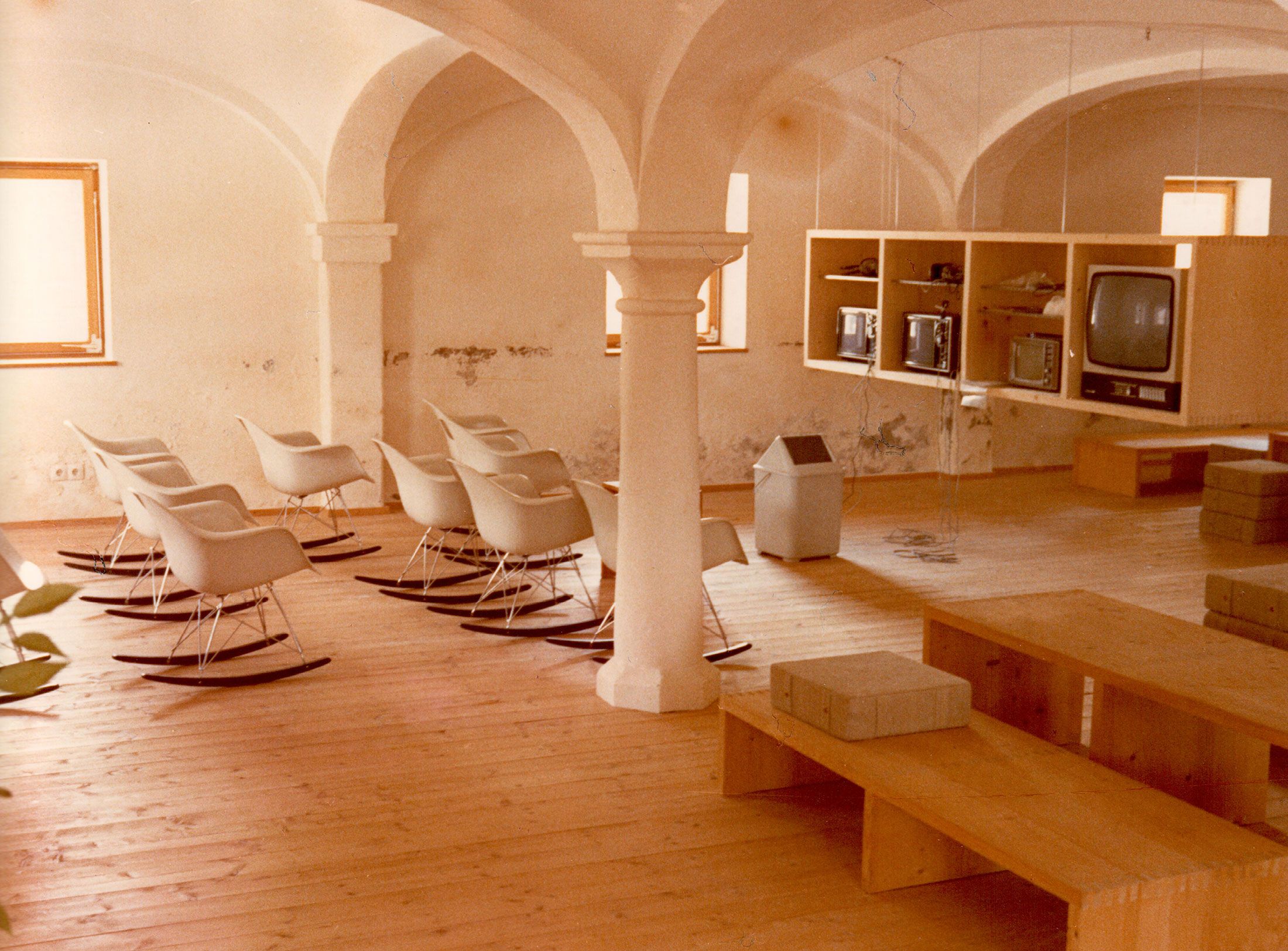
A Broadcast: What is his place in today’s world?
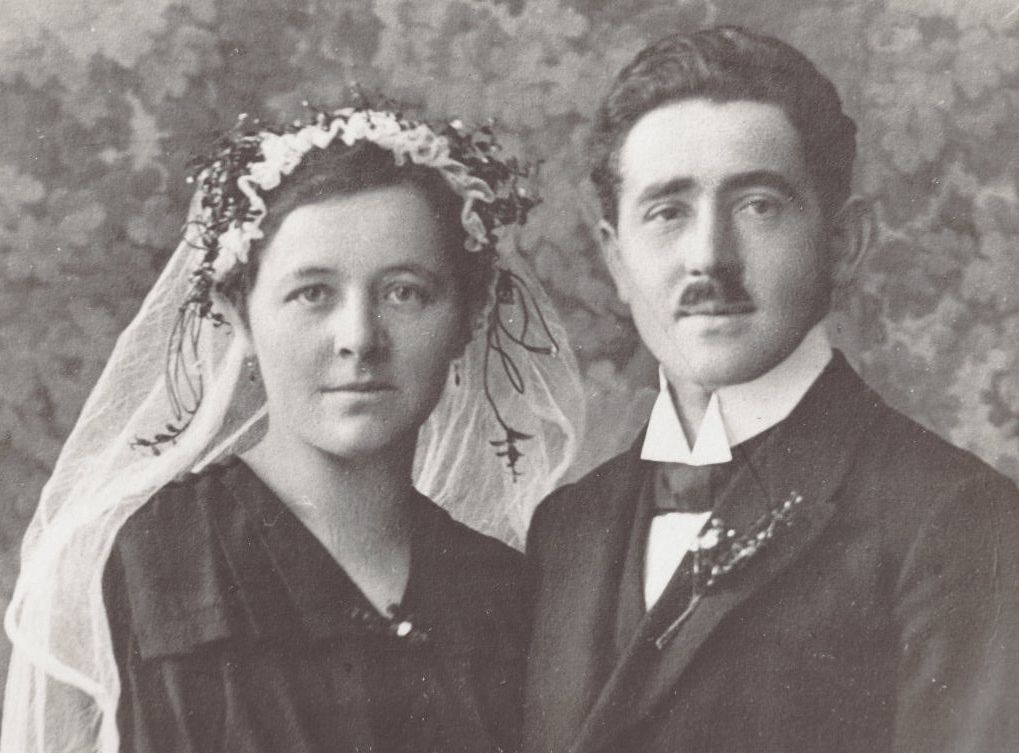
The Aichers: a brief family history.
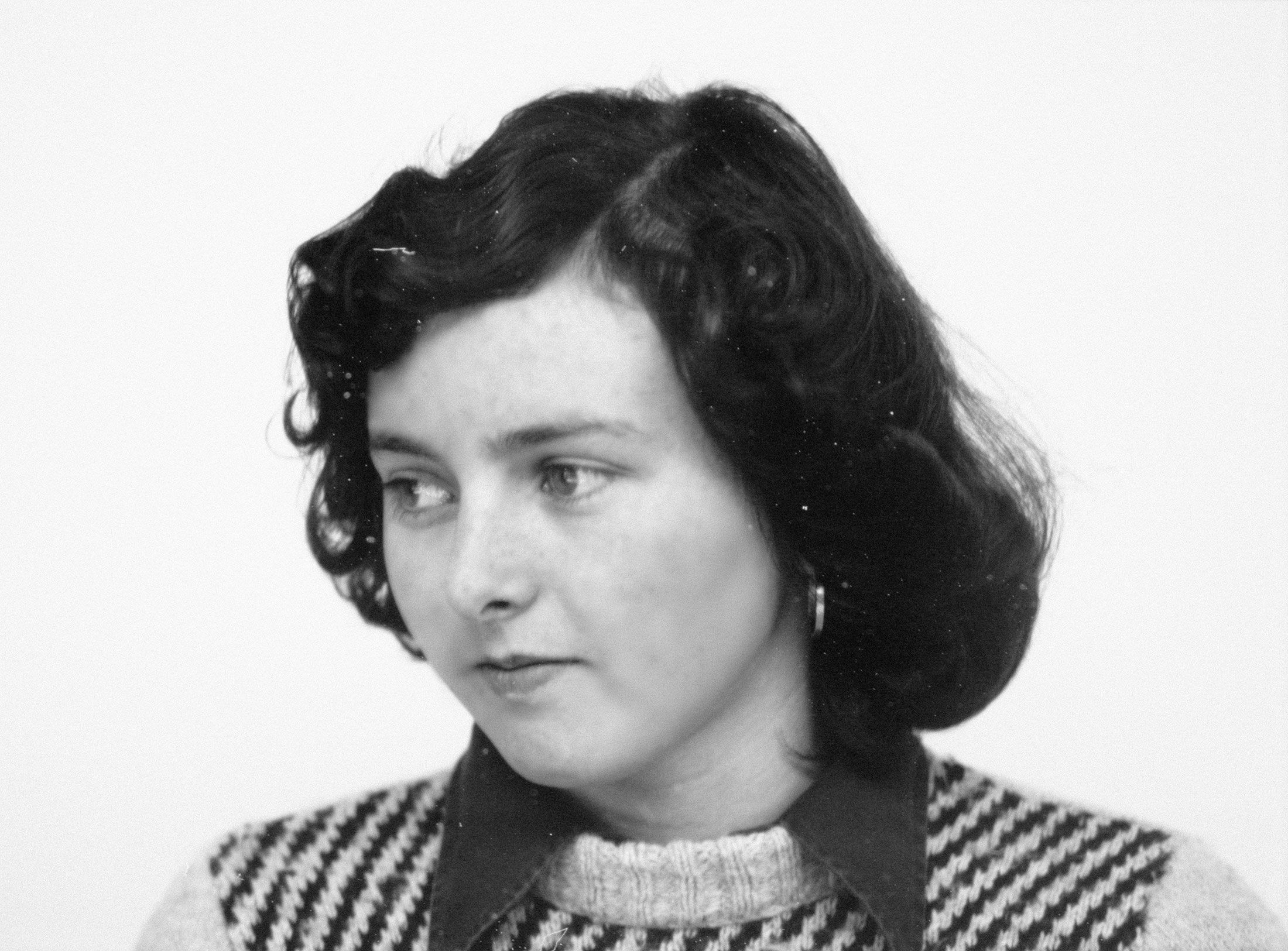
Drawing in Rotis: former Aicher co-worker Reinfriede Bettrich talks about hand sketches, the first computers and everyday life at the office.

How Otl Aicher’s papers and materials came to the HfG-Archiv/Museum Ulm.

Die Küche zum Kochen (The Kitchen for Cooking) – the genesis of a book that has lost none of its relevance.

How a dachshund conquered the world: former Aicher staff member Elena Schwaiger on plush animals, fakes and the authentic mascot of the 1972 Olympic Games in Munich.
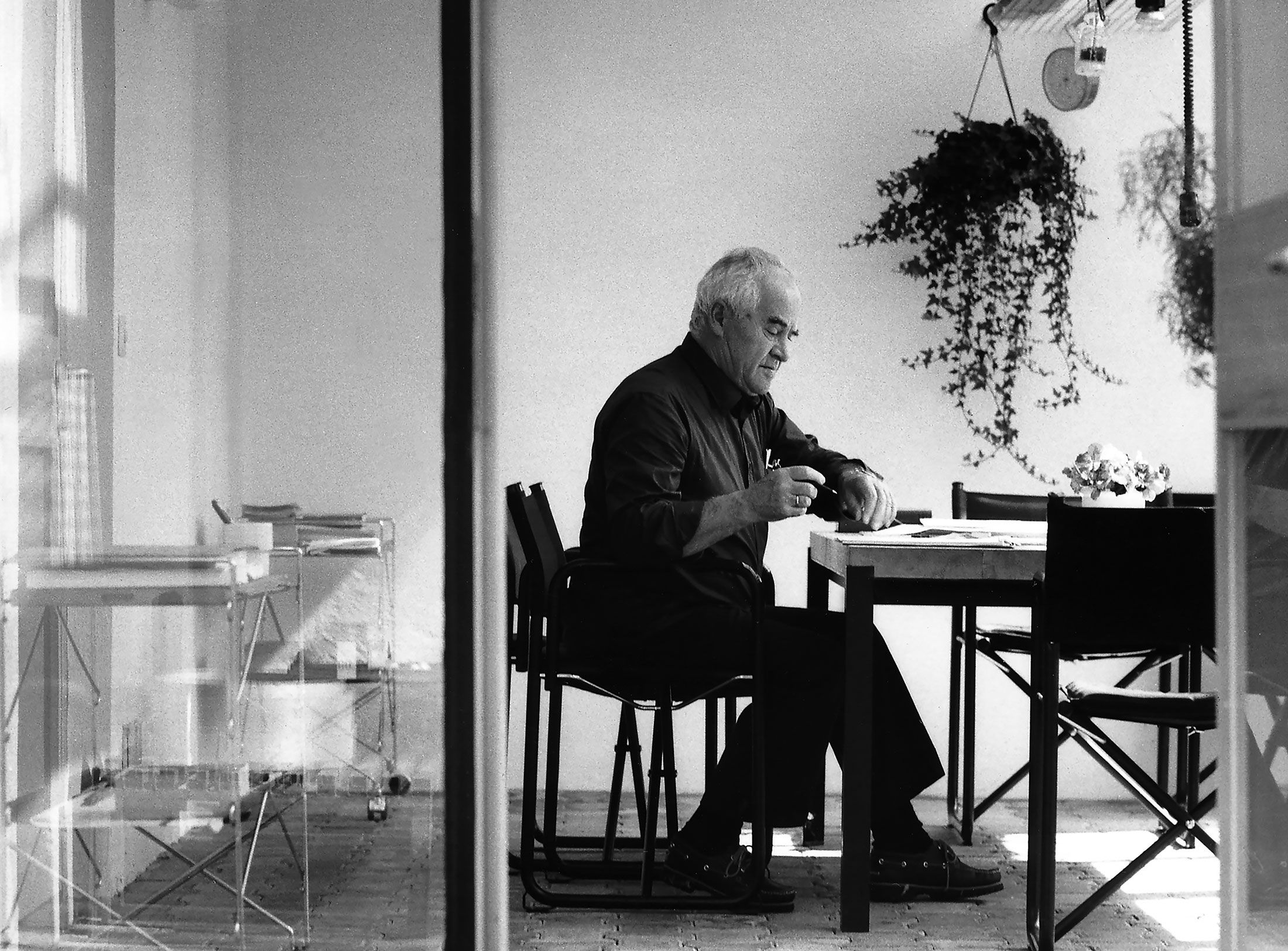
Le Violon d’Ingres or An Attempt to Defend the Writings of Otl Aicher.

Otl Aicher as the architect of Rotis.

Otl Aicher and his critique of the automobile.

First broadcast: 15.02.1971 on Bayerischer Rundfunk, Munich (Only available in German).
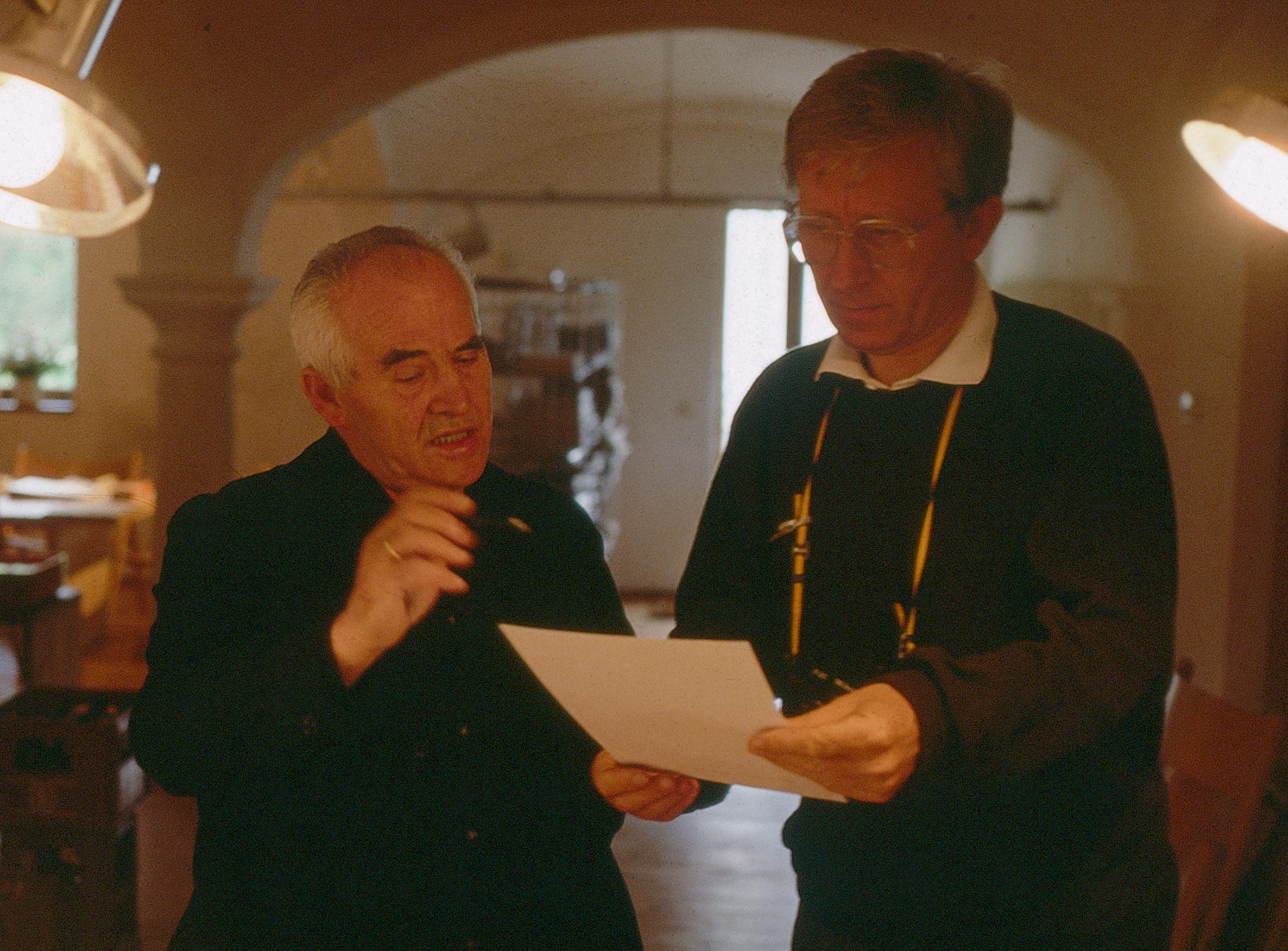
Interviewed: Jürgen Werner Braun on his collaboration with Otl Aicher.
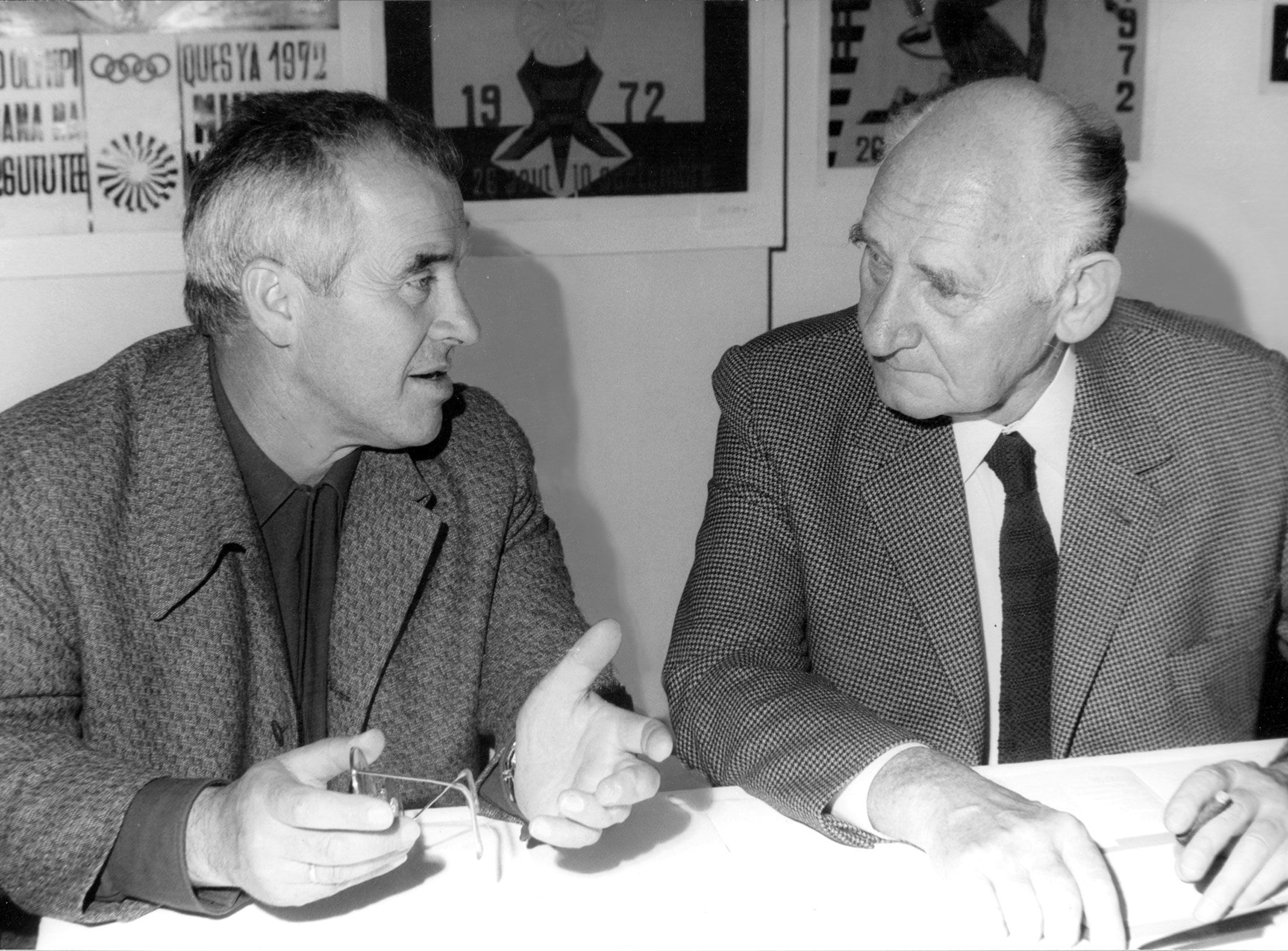
They created the signature of an epoch: designers Otl Aicher, Willy Fleckhaus, Anton Stankowski and Kurt Weidemann.

The founding of the School of Design (Hochschule für Gestaltung / HfG) in Ulm by Inge Aicher-Scholl, Otl Aicher and Max Bill in 1953 followed in the tradition of various movements: Christian-based humanism, cultural cosmopolitanism and the resistance of the Scholl siblings.
During the HfG Ulm’s summer holidays of 1958, Otl Aicher was planning a series of six whole-page ads that were to be published in Swiss weekly Die Weltwoche. The ads were for appliances made by the Braun company: kitchen appliances, audio equipment, shavers, slide projectors, flash units. In the course of this project, Otl Aicher invited me to collaborate on the copy for the series of advertisements. They were a reflection of Otl Aicher’s attitude: no fanfares, no superlatives; the objects should speak for themselves, as it were. Essentially, it was a question of advertising that didn’t want to be advertising. It should not so much convince as win over – argumentation instead of persuasion. This personal experience forms the background to my brief reflections.
The Aicher-Scholls had rented a large farmhouse in Ticino and placed one of its rooms at my disposal. Otl Aicher sketched the alignment of the ads, selected the subject-based photos, and framed the short stories that the photos served as a lead-in to. As a student – and not only as a student – my respect for Inge Aicher-Scholl and Otl Aicher was immense – I would never have allowed myself the informality of calling these two people by their first names, not even in later years.
Gui Bonsiepe at HfG Ulm on 22 February 1956 (during a meeting between students and Inge Aicher-Scholl about the situation after the separation from Max Bill). Photo: Hans G. Conrad. © René Spitz
I was impressed by the quiet poise Inge Aicher-Scholl displayed in her dealings with people. Like the prose in the pamphlets by her siblings and their friends, the kind of combative, confrontational prose characteristic of militant groups was not in her nature. Had she known the writings of Riane Eisler, she may well have shared her approach: the dismantling of power structures that undermine peaceful coexistence between the members of a society. Today there are various anthropological studies on the existence of domination-resistant societies shaped by women, for instance on Crete. Ways of life without aggressive competition were – and are – possible.
Rather than creating what could be termed a ritual memorial to her siblings Sophie and Hans Scholl, who were executed in Munich in 1943, and keeping the memory of the antifascist resistance alive in that way, she preferred to promote an active form of remembrance in the shape of a broad-based educational establishment dedicated to preventing the (re-) emergence of authoritarian, fascist forces. Max Bill’s contribution of having concentrated this wide-ranging political policy into a handful of design disciplines is well known. Through the addition of – as Bill called them – exotics, this programme opened up to embrace a cosmopolitan approach of international calibre. It must surely have been clear that such a programme could not be financed with revenue from the (low) tuition fees and commissions from industry. Throughout the brief history of the HfG Ulm experiment, the severity of this weakness remained undiminished. The HfG Ulm was under permanent, exhausting pressure to justify itself – especially as it was constitutionally opposed to the unquestioning obedience to authority that is so firmly anchored in German history. The HfG Ulm was a hybrid institution founded on two realms of discourse: Christian-based humanism allied with local tradition and cultural cosmopolitanism, without which the HfG would have remained, at best, an experiment at local level.
Otl Aicher never wanted to be a hero; for him – and not only for him – this dependency on the state must have been a constant source of worry. He had no liking for the state as an institution of power. Humorously, if such a thing is possible amid the misery of war, he describes his cunning plan for surviving a senseless war with which he had no sympathy and avoiding capture by the Soviets. On one occasion, for instance, he discovered a train loaded with tanks that had been shot to pieces; assuming they were headed to Germany for repairs, he installed himself in one of the steel giants, hoping it would ensure his survival for a few days. To his horror, he realised that the train was travelling in the opposite direction and got out at the next opportunity.1
Full meeting in the HfG Ulm canteen, February 1968. Otl Aicher (1st row, 4th from right), author Gui Bonsiepe (2nd from right), with architect Werner Wirsing next to him (1st from right). © HfG Archiv / Museum Ulm, HfG-Ar LiMo 002
Full meeting in the HfG Ulm canteen, February 1968. Otl Aicher (1st row, 4th from right), author Gui Bonsiepe (2nd from right), with architect Werner Wirsing next to him (1st from right). © HfG Archiv / Museum Ulm, HfG-Ar LiMo 002
© HfG Archiv / Museum Ulm
In his memoirs he relates – without further comment – a revealing detail that exemplifies the rule of the authoritarian state in the form of bureaucracy as a kind of alienated existence: after Sophie and Hans Scholl had been put to death in Munich, their parents were summoned to the court cashier’s office to pay the fees for their children’s execution.
From today’s perspective, the HfG Ulm is an unfinished project, a flashforward, so to speak, to a society whose time had not yet come – and which, on top of everything else, was part of an era dominated by the confrontation between east and west. Such a climate was fertile soil for suspicions on the part of conservative forces, with an ideology still coloured by a period of history that should have ended in 1945 but which – as it transpired – was by no means over.
On 22 January 1989, an exhibition about the HfG entitled The Morality of Objects opened in Ulm, having previously been shown in Berlin and Paris. Otl Aicher was curious to know whether the minister-president of Baden-Württemberg at the time, Lothar Späth, would attend the opening event, given that an exhibition on the works of Paul Klee was on show in Tübingen at the same time. Lothar Späth opted for the art exhibition, prompting Otl Aicher to comment that the minister-president was probably instinctively aware that design could have an explosive impact.2
Asked by a journalist how he stood on the end of the HfG Ulm, Lothar Späth answered that his party’s leadership at the time had decided to overturn the narrative of there being political reasons behind the end of the HfG because it was supposedly a breeding ground for – as he put it – “sinister” ideas.3 Instead, an alternative narrative was to be established in its place. That was easy enough to do: the internal conflicts provided plenty of material for a sensation-hungry press. This alternative narrative rose to become the preferred standard version of what had led to the end of a promising cultural experiment in the young Federal Republic of Germany: the reason for the HfG’s demise was to be found in the stubbornness of its teachers and their lack of willingness to negotiate. The faculty and students of the HfG could have marched from Ulm Minster in the city centre to the school on Kuhberg Hill on their heads – it wouldn’t have made any difference. The decision had been made at the highest level of regional politics.
The end of the project they had initiated must have been a heavy blow for Inge Aicher-Scholl and Otl Aicher – and for many others too. Nevertheless, this ending in no way diminishes the magnitude of their plan to lay the foundations for a new, cosmopolitan civilisation, for a technological, industrial society. This flashforward remains unfinished. Its initiators had underestimated the power of conservative, regressive interests.
Gui Bonsiepe (born in Glücksburg in 1934) studied and taught at Ulm School of Design (HfG) from 1955 to 1968 and lectured at Köln International School of Design from 1993 to 2003. In addition, he taught in various countries in Latin America, where he was also active as a designer and consultant for industrialisation policy. His writings number among the standard works on design theory. They include Interface: Design Neu Begreifen (Interface: An Approach to Design), published in 1996, and Entwurfskultur und Gesellschaft: Gestaltung zwischen Zentrum und Peripherie, a collection of writings on design, culture and society, from 2009.
Translation: Alison Du Bovis

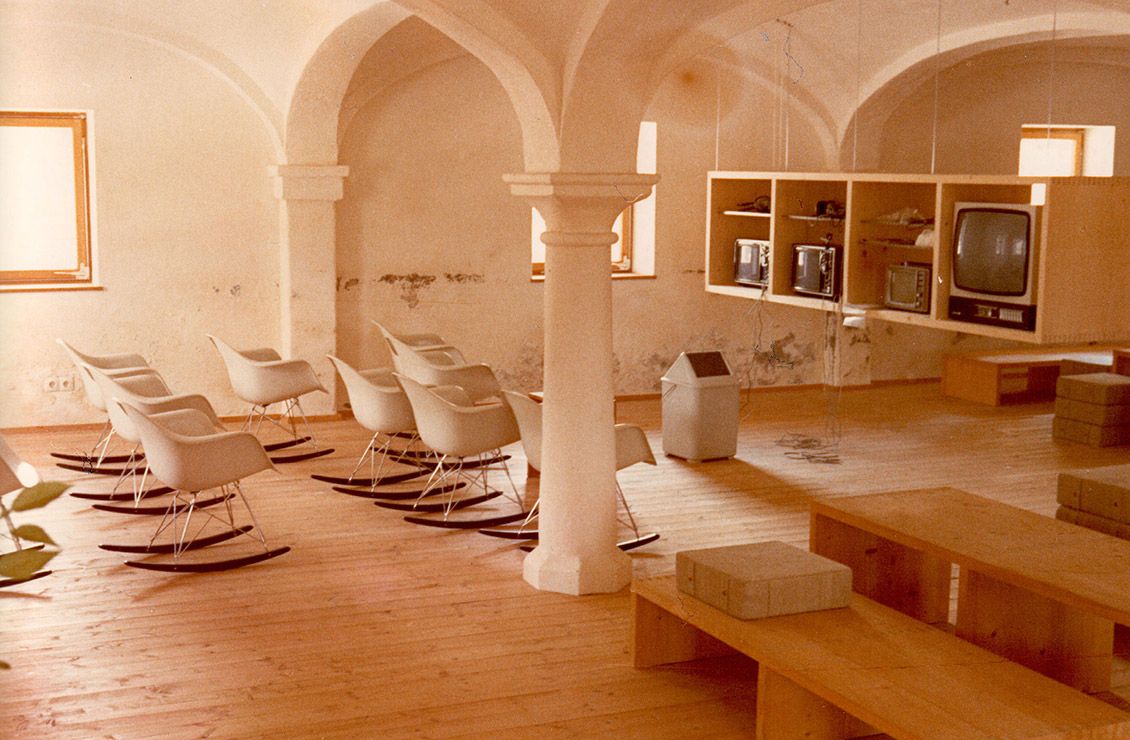
A Broadcast: What is his place in today’s world?

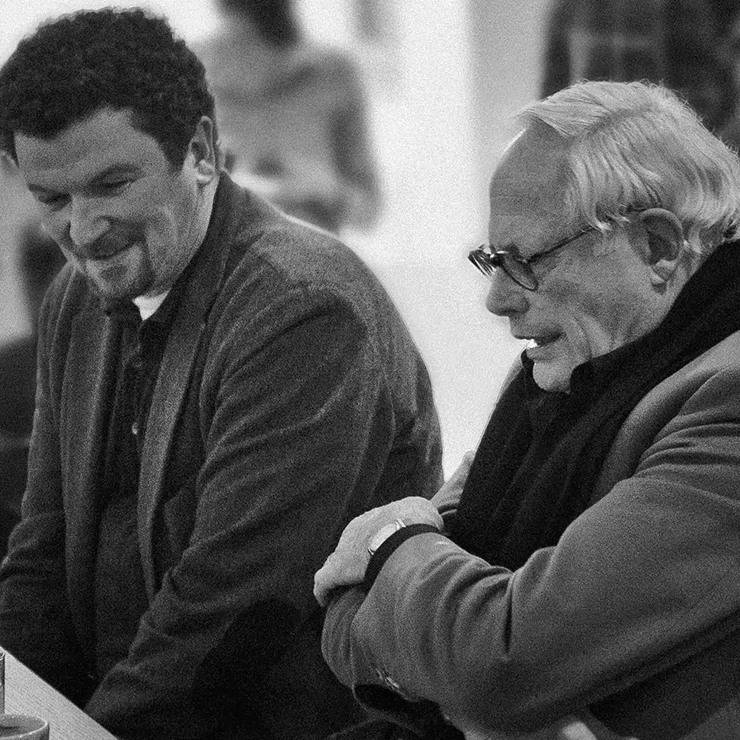
Der einstige Braun-Chef-Designer im Gespräch über den Co-Gründer der HfG.


Isny im Allgäu owes Otl Aicher a corporate design that is concise, bold and singular.